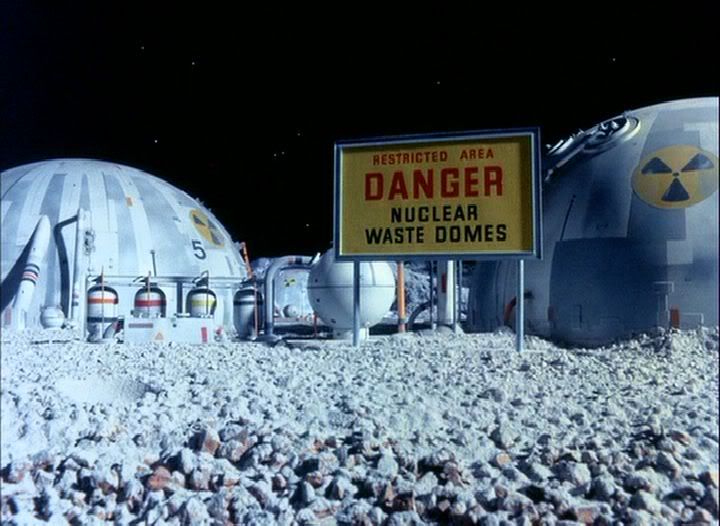http://www.stuff.co.nz/world/asia/j...n-nuclear-crisis-may-be-on-par-with-Chernobyl
Shit.
Japan is considering raising the severity level of its nuclear crisis to put it on a par with the Chernobyl accident 25 years ago, the worst atomic power disaster in history, Kyodo news agency reported today (NZ time).
The report came as the government expanded an evacuation zone around the crippled Fukushima nuclear plant because of the high levels of accumulated radiation since a 15-metre tsunami ripped through the complex a month ago, causing massive damage to its reactors which engineers are still struggling to control.
The Kyodo report said that the high levels of radiation that have been released by the Fukushima Daiichi plant meant it could raise the severity level from 5 to the highest 7, the same as the 1986 Chernobyl accident.
It said the government's Nuclear Safety Commission had estimated that at one stage the amount of radioactive material released from the reactors in northern Japan had reached 10,000 terabequerels per hour of radioactive iodine 131 for several hours, which would classify the incident as a major accident according to the INES scale.
Shit.

